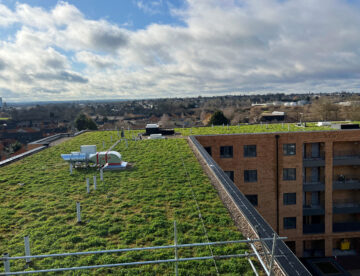
Arriving on the construction scene as a small gang of builders back in 2005, we have grown into a much larger enterprise that now comprises of two construction companies (Sheriff Construction and Sheriff Brickworks) plus two property development companies.
We could not have managed this level of growth without the fantastic suppliers that have supported us along the way, often for many years. So, we thought it was about time we used our blog to shine the spotlight on some of them. Read on for part 1 of this ‘shout out to our suppliers’ series.
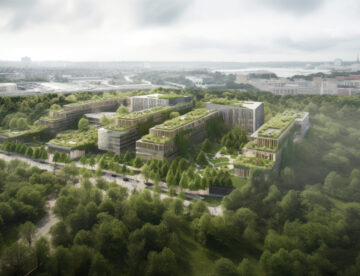
In recent years, drone technology has made it far easier to view aerial images of the UK’s urban landscape. But, while our towns and cities are hugely diverse in architectural character, looking down from above they are often very similar, with a common sight being a mass of black, brown and grey roofs.
However, there is a trend which has started to add patches of colour to the aerial perspective – green roofing! In this week’s blog, we’ll explain more about what a green roof is and look at six reasons why this is proving to be a great option for our buildings.

Across the world, people from all continents are witnessing the destructive effects of climate change – droughts, floods, wildfires, extended heatwaves. storms and crop failures.
When you consider this, alongside the rocketing increases in energy prices that’s causing many households and businesses to struggle with their bills, it’s clear that reducing the amount of energy we all use is now urgent – for both our planet and our purses.
One solution that we’re hearing mentioned more frequently within the construction world is the ‘Fabric First’ approach – changes that can be made when considering the design, construction and ‘fabric’ of a building to ensure it becomes energy efficient. In this week’s blog, we’ll tell you more.

The Construction Product Association’s latest Spring Forecast, published today, paints a mixed picture for the construction industry. On the positive side, the report is predicting that construction output will rise by 12.9% this year (and another 5.2% in 2022). However, it also highlights some significant risks to the sector’s recovery, most notably around shortages and high prices affecting key construction products. Take a look at this week’s blog to find out more about why getting hold of some of these products could prove tricky over the year ahead.
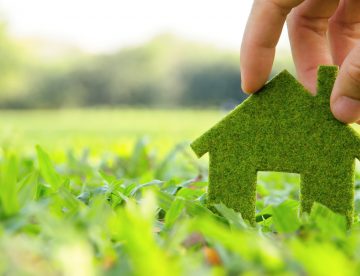
A year has now passed since the UK went into its first lockdown and, as well as this being such a tragic time for so many people, it’s also been a period when the government has poured an unprecedented £340bn into schemes intended to support companies and individuals through the crisis. Amidst all that COVID-related spending, it can be easy to forget that the country has several other priorities – not least of which is the urgency around climate change. Kicking off what is being dubbed the ‘green industrial revolution’, the government recently unveiled a £1bn funding pot for projects across England that will help to cut emissions from public buildings, schools and hospitals.
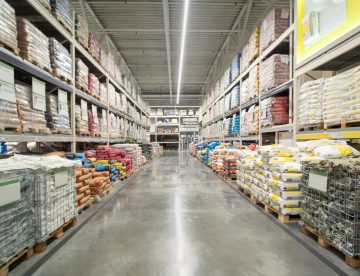
Rigorous safety checks on the materials used to build homes will be enforced by a new national Regulator for Construction Products. Largely brought about in response to testimonies made about some manufacturers of construction materials at the Grenfell Inquiry, the Regulator will have powers to remove materials with significant safety risks from the market; to investigate cases and conduct its own product-testing; and to prosecute companies that fail to follow the rules.
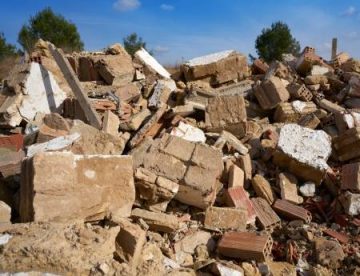
The UK construction industry has come a long way with its recycling/ reuse practices but, due to the overproduction and inefficient use of some materials, the sector is still one of the biggest contributors to waste. Along with the environmental impact this has (i.e. adding to landfill), waste has clear financial implications for any company…
